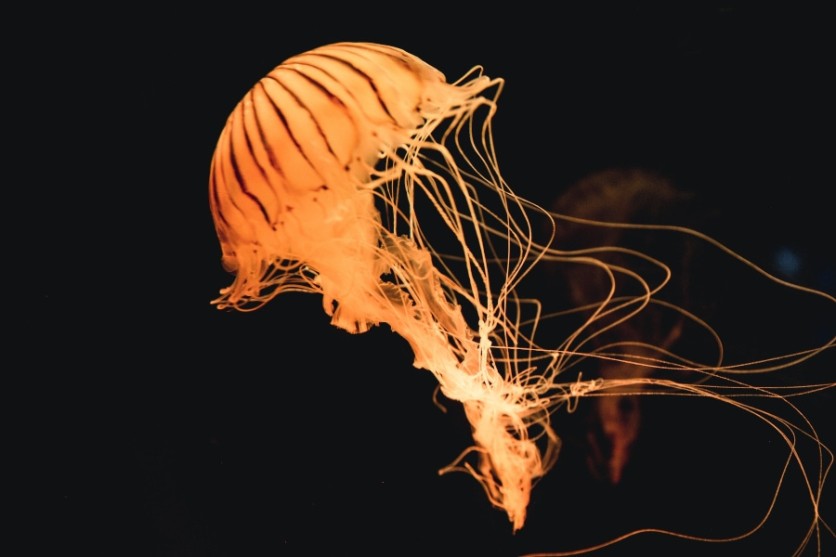The intricate process behind the rapid regeneration of jellyfish tentacles has finally been revealed in a groundbreaking study conducted by a research team based in Japan.
The study, published in PLOS Biology, sheds light on the fascinating mechanism known as blastema formation that enables jellyfish, specifically the Cladonema pacificum species, to regrow amputated tentacles in a mere two to three days.

A Closer Look at Jellyfish Regeneration Capabilities
The discovery of stem-like proliferative cells, actively growing and dividing but not yet differentiating into specific cell types, which appear at the site of injury and play a critical role in the formation of the blastema, is at the heart of this discovery.
The findings call into question long-standing theories about how jellyfish, as well as other cnidarians like corals and sea anemones, can regenerate so quickly.
Corresponding author Yuichiro Nakajima, a lecturer at the Graduate School of Pharmaceutical Sciences at the University of Tokyo, emphasizes the significance of these repair-specific proliferative cells.
He explains that these cells, distinct from the resident stem cells localized in the tentacle, primarily contribute to the newly formed tentacle's epithelium—the thin outer layer.
This dual-cell strategy involving resident stem cells and repair-specific proliferative cells allows for the rapid regeneration of functional tentacles within a few days.
What the Study Holds
The research team, led by Nakajima and postdoctoral researcher Sosuke Fujita, delved into the specifics of blastema formation by using the tentacle of the cnidarian jellyfish Cladonema as a regenerative model.
Fujita notes that understanding this process provides valuable insights from an evolutionary perspective, drawing parallels with bilaterian animals like salamanders capable of limb regeneration.
The study's experiments involved tracking the cells responsible for tentacle repair. Surprisingly, most of these cells were not the conventional stem cells that jellyfish already possessed. Instead, a specialized group of repair-specific cells gathered specifically to aid in the regrowth of the tentacle.
Furthermore, the research underscores the dual role of resident stem cells, which are responsible for generating cellular lineages during normal times and collaborating with repair-specific cells during the regeneration process. This intricate interplay ensures the efficient and rapid regeneration of body parts when needed.
Limitations of the Study
Despite the groundbreaking findings, challenges persist in fully understanding the cellular origins of repair-specific proliferative cells. Nakajima highlights the limitations of current research tools in tracing specific cell lineages and identifying different stem-like cells involved in the process.
Looking ahead, the researchers emphasize the need for advanced genetic tools to manipulate Cladonema, enabling a more detailed exploration of blastema formation mechanisms.
This deeper understanding could potentially unlock insights into cellular and molecular components that might enhance human regenerative abilities.
Stay posted here at Tech Times.
Related Article : Mysterious Mass Sardine Stranding Baffle Experts on Northern Japan Beach

Tech Times




